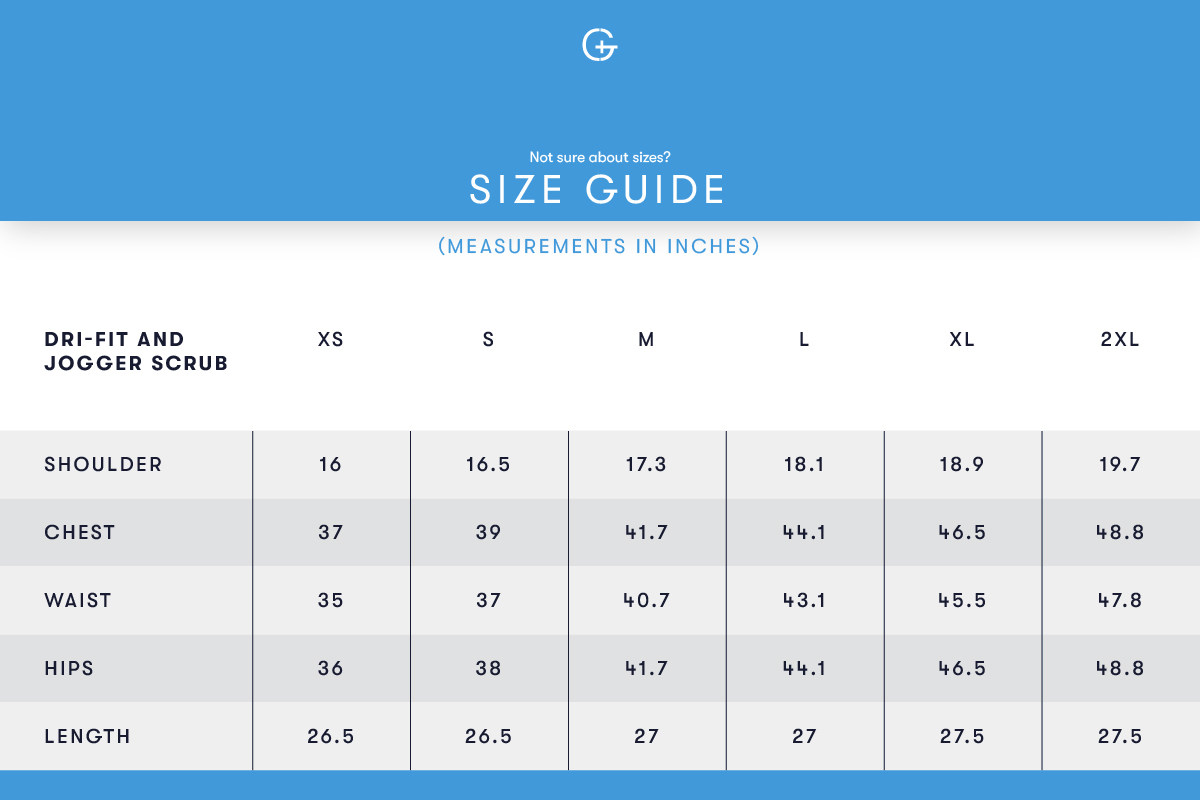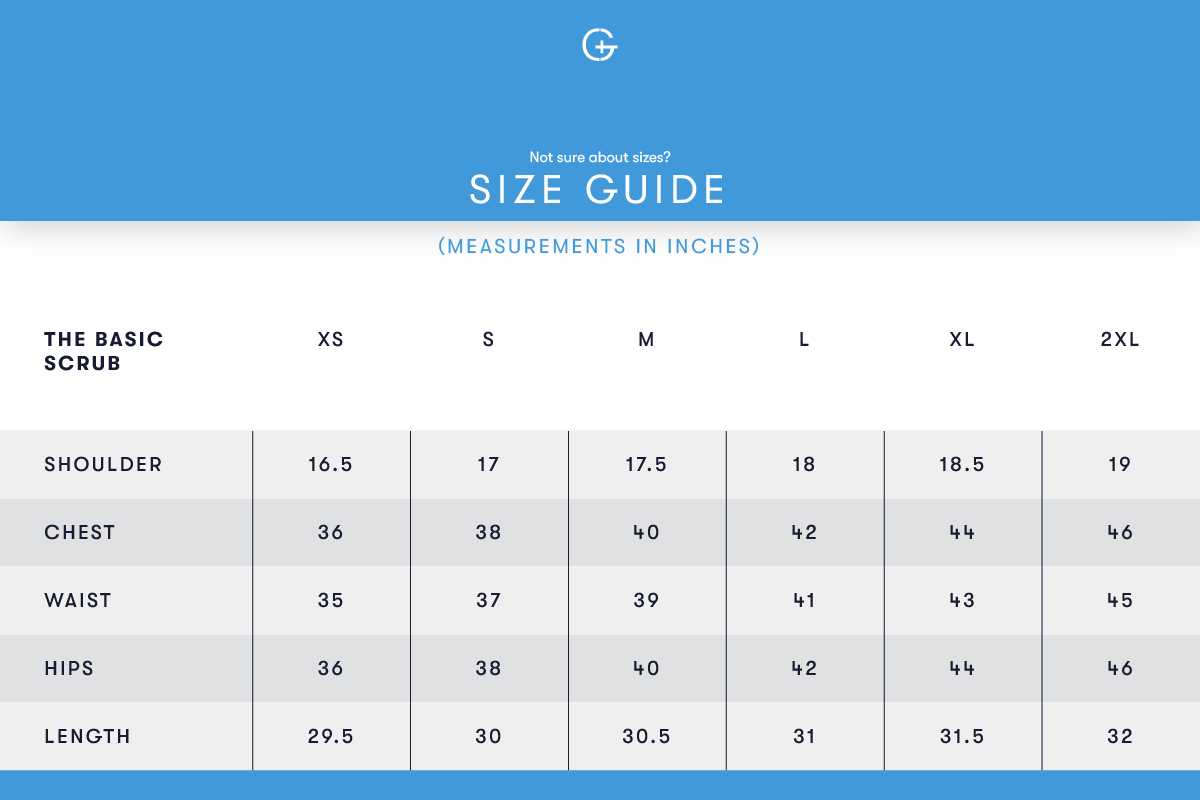
COVID-19 testing in India recently crossed the 50-crores mark. This was done in just 55 days. This is as per data by the Indian Council of Medical Research (ICMR). This is a remarkable figure. When the country is still struggling with a high number of cases, this news comes as a relief.

33% of the Indian population is vaccinated with at least one dose (9.5% being fully vaccinated with two).
Optimizing the testing of COVID-19 in India: Improving the accuracy of RATs
Testing is relatively slow in India, no matter how you look at it. The slowness is partly due to the fact that states with larger populations aren’t spending on RT-PCR tests and are instead relying heavily on RAT tests – which are less sensitive.
Let’s get to the bottom of this because unless we can optimize our testing (and take action for those testing positive), India will not be able to come out of the pandemic’s negative repercussions within the year, experts claim.
Key facts:
- There are two types of tests: RATs (rapid antigen tests) and RT-PCR (reverse-transcriptase polymerase-chain-reaction) tests. RATs have lower sensitivity. Sensitivity in testing essentially boils down to the measurement of effectiveness. In other words, a less sensitive test is less accurate in general under normal circumstances with no special parameters to mitigate the lack of said accuracy.
- RATs are cheaper to conduct and faster in providing results – which have a higher chance of being inaccurate. Bigger states such as UP and Bihar conduct mostly RATs.
- All over India, RATs are 2% less common than RT-PCR tests (49% vs. 51%, respectively). But bigger states heavily relying on RATs is a problem because the chance of infection from inaccurate results is higher due to the higher population density of these states.
The RT-PCR tests are more accurate but also more expensive and slower. That’s the reason why many states are relying on RATs. However, relying on RAT’s isn’t the problem. Under specific conditions, RATs can be as accurate as RT-PCR tests while having lower costs – which is the ideal middle ground in a country like ours.
That’s why research is being done on this front to leverage more accurate RATs.
Recently, the computational biology journal in the Public Library of Science (PLOS), San Francisco, California, US published a paper by Philip Cherian, Sandeep Krishna, and Gautam Menon that tries to solve this exact problem.
As per the paper, RATs can be made comparable to RT-PCR tests in terms of accuracy if four conditions are met. The peer-reviewed research paper can be found here.
These are the four conditions:
- The RATs used shouldn’t have a very low sensitivity, which is the case in many parts of India.
- At least 0.5% of the population should be tested every day.
- All the people testing positive are strictly isolated or quarantined for a sufficient duration.
- Testing is supplemented by other non-pharmaceutical interventions to improve the effectiveness of the tests.
If these four conditions are met, the authors argue, RATs can be comparable to RT-PCR tests as far as testing accuracy is concerned – which is great news as it cuts down on costs considerably and provides much quicker results.
Current testing statistics are inspiring, but don’t be fooled
The cumulative COVID-19 tests in India spiked starting June last year.
After the collapse of the healthcare system when the second wave hit India back in March 2021, we have truly amped up the game and are now testing at a breakneck speed.
See this graph on Statista for reference.

However, out of the 741 total districts in India, 382 continue to have a 10%+ positivity rate – which is a clear reminder that we’re not testing nearly fast enough.
When half of the Indian populace is still not testing properly or at all, it’s hard to see ourselves coming out of the pandemic anytime soon.
The virus spreads by forming a chain in communities. If the positivity rate is more than 10% in a locality, then this means that an opportunity to identify and isolate a leading case was missed.
There are even nine states where all districts have a high positivity rate: Andhra Pradesh, Goa, Chandigarh, Himachal Pradesh, Lakshadweep, Kerala, Puducherry, Sikkim, and West Bengal.
The downward trend of the positivity rate is, however, a much-needed relief.
Paving the way for smarter testing
Testing cannot continue at this pace. Even if you adjust for the increase of rate, it’s still not enough or ideal from any perspective. The COVID-19 testing scenario in India has to grow.
The road ahead is difficult but we’re making good progress in better, faster, and more efficient coronavirus positivity testing.
The Rockefeller Foundation published a report in May 2021 titled “The Road Ahead for Smart COVID-19 testing and Tracing in India”. The 74-page report outlines multiple ways in which we can improve testing.
Here’s a screenshot of the table of contents that highlights the ways:

It’s not easy to implement many of these, especially in very dense areas in high-population states.
Still, C-Guard truly believes that such reports should get more importance and a committee should be set up purely for innovating smarter ways of accurate testing.
Online services doing their part
Online services have been improving over time in reporting and supplying critical information.
- A simple Google search regarding COVID-19 takes you to the “COVID-19 dashboard” of Google where you can view the latest data.
- Searching for COVID testing on Google Maps shows you the nearby testing centers – same for vaccination.
- The COVID19India.org platform has also grown. The vaccination progress bar is a neat feature that gives us a lot of hope.
- MoHFW updates and news are also very helpful in finding out the latest and getting a recent scoop.
This information is important for raising awareness. Quite like how a small but serious issue gains momentum thanks to social media, such sources of information related to testing improve the general population’s understanding of where we’re lacking.
In conclusion
We’ve indeed grown by leaps and bounds, but still have a lot of ground to cover. For example, last year in June, the Center for Global Development noted that India’s COVID-19 testing had to grow 10 times. Fast forward to August 2021 and we’re ranking much higher in the world for tests-per-million – notably above South Korea, Japan, and China. However, our testing stats are still much lower than the global average.
This will simply not do.
The testing systems need to be bolstered not just with equipment and technology but with morale as well. Everyone has to come together – and only then is it possible to take down the pandemic once and for all.
C-Guard salutes the frontline healthcare workers who are giving their all in this fight against the pandemic. Let’s help them by spreading awareness. You can share this article with your friends to raise awareness for the full picture of the testing scenario in India.



















